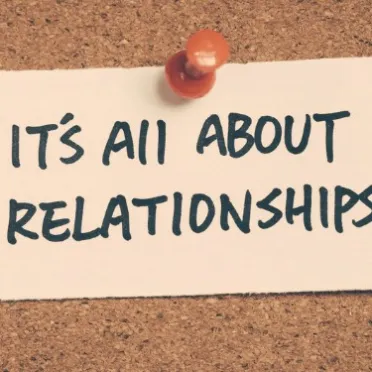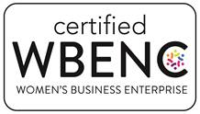When you think about productivity in the workplace, what comes to mind?
Is it sending a record-breaking number of emails, marking off your to-do list (because, let’s be real, who doesn’t get a dopamine hit from crossing off tasks?), or winning the most meetings award?
While productivity may feel like moving as quickly as possible and doing the most as possible, we can get caught in its crosshairs when we don’t take a beat to anticipate our clients’ or colleagues’ needs. Cue the 15 back-and-forth email chain and the live-time agenda scrambling.
Anticipation, on the other hand, can:
- Help reduce back-and-forth whiplash,
- Give leaders back time,
- Reduce time and money spent on preventable mistakes.
Here are three ways to build anticipation into your daily, weekly, or monthly task routine:
- Build anticipation into experiences.
Put out fires before they happen by workshopping issues in advance. Before heading to a site, anticipate any issues that will occur that day or week and create an action plan to course correct.
- If you know a contractor who tends not to bring their full crew to a work site, contact them to confirm how many people they plan to bring and where you can help bridge the gap or adjust workload expectations.
- Build anticipation into daily tasks.
Stay steps ahead by thinking beyond your task or what you’re immediately being asked to do. Diagnose the problem and read between the lines as to why a team member or client is reaching out in the first place and how you can get ahead of their future questions or concerns.
- Before clicking “send” on an email, anticipate the receiver’s response and include the necessary information in the initial email to get ahead of it. For example, if a client requests a detailed project schedule, be sure to highlight any hot-button issues or flag potential delays so the team can coordinate in advance.
- Build anticipation into future tasks.
Future-proof your tasks by scanning the landscape—make up time by identifying items not on the critical path that can happen as other tasks are in motion.
- Stay ahead of projects by creating and tracking a work-in-progress punch list so your GC doesn’t scramble to complete items at the end of a project. While you wait for a foundation to set (literally and metaphorically), think ahead to what other items you can complete in the meantime.
Whether you’re planning for the long term, detecting where and when you need to pivot, or workshopping through a problem, anticipation helps keep you on your toes and saves you time, effort, and money.









